TIF Procedure
What is the TIF Procedure?
Transoral Incisionless Fundoplication (TIF) refers to a surgical solution that addresses the root cause of GERD. GERD, also known as acid reflux disease, results from an anatomic defect at the gastroesophageal valve (GEV). Visual guidance from an endoscope is necessary to position the EsophyX device used to reconstruct the GEV. Aiming to be as minimally invasive as possible, TIF is a traditional surgical procedure designed to provide a barrier to reflux while ensuring safety and effectiveness throughout the process.
What is Acid Reflux?
Gastroesophageal reflux disease (GERD), also known as acid reflux, is a chronic digestive disorder that occurs when stomach acid or contents flow back up through the esophagus, irritating its lining. Over time, the acid can damage the lining, leading to complications such as bleeding, narrowing of the esophagus, or Barrett’s esophagus. Acid is a normal part of the digestive tract, but when it backs up and remains in the esophagus, complications can occur. These can range from minor inflammation to ulcers and cancers of the esophagus.
How is TIF different from other procedures?
TIF is the same procedure a surgeon could perform using laparoscopy or robotic surgery. However, TIF offers an incision-less technique where the surgeon operates inside the body. Conducted under general anesthesia in a hospital setting, it is performed as a same-day procedure, unlike previous surgical methods that required two to three days of hospital stay.
What is the estimated recovery time from the TIF procedure?
Recovery, in terms of returning to a normal diet, takes approximately six weeks. After a procedure like TIF, swelling may occur internally as a result of the surgery. Therefore, a soft diet is advised for up to six weeks.
Who is a candidate for TIF?
Candidates for this procedure are patients who either have no hiatal hernias and display symptoms of GERD, or have small hiatal hernias measuring approximately one inch in diameter. This group represents the safest and most suitable candidates who could benefit from the TIF procedure.
Who in GANJ performs the TIF procedure?
Dr. Joseph Shami is a qualified physician at GANJ who performs this procedure.

